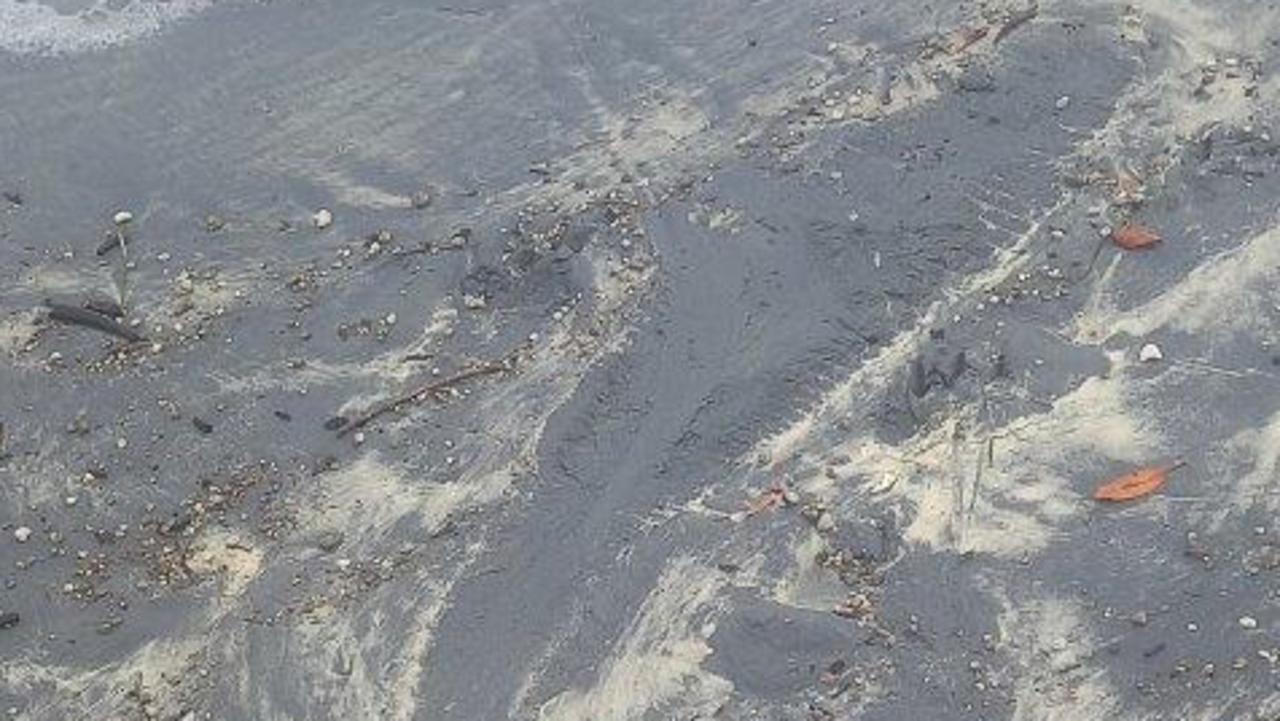Kangaroos did not always hop, Brown University research claims
US scientists claim the giant kangaroos that roamed Australia until 40,000 years ago walked on two legs and didn’t hop – but Australian experts disagree.
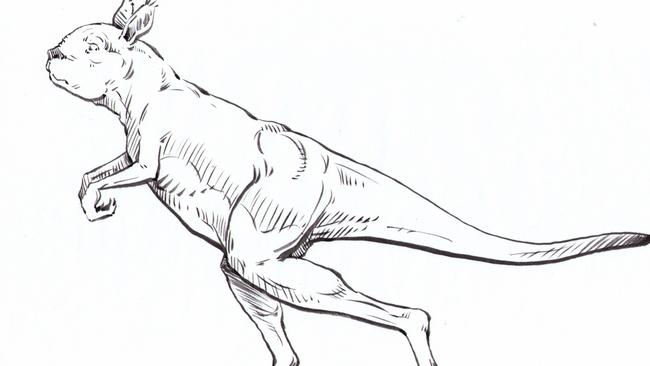
THE giant kangaroos that roamed Australia until 40,000 years ago were too heavy to hop according to a new scientific analysis of their skeletons.
Up to two metres tall and weighing 240 kilograms these short faced kangaroos were almost three times the size of the largest kangaroos alive today, new research says.
There has long been speculation about whether an animal of this size would have been able to hop, let alone questions about the impact of such movement on their environment.
Now US researchers claim their study of the giant kangaroos bones show they “lacked many specialised features for rapid hopping”.
Instead, they supported their body in an upright position and were able to support their weight on one leg at a time using larger hips, knees and stabilised ankle joints.
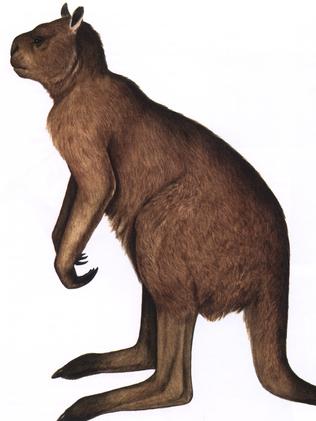
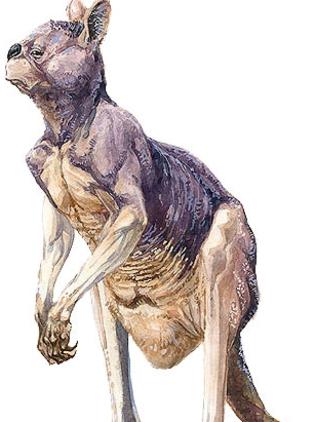
The giant kangaroos adopted a walking gait on two hind legs and possibly used their tail as a fifth limb at slower speeds, the Brown University researchers says in a paper published in the PLOS One journal Thursday.
Australia’s giant roo expert Flinders University biological sciences Professor Rod Wells disagrees with the analysis.
He says the extinct giant kangaroos didn’t weigh 240 kilograms, but just 100 kilograms and were about the same size as large modern day red and grey kangaroos.
The fifth toe of the giant extinct kangaroo was a mere nub which meant most of the body weight was supported on the fourth toe, the same as in modern kangaroos, he said.
“Their feet do not appear to be feet that spread the load across the wide support of the foot as if they lived in rocks or trees,” he said.
“The form suggest the function related to a hopping movement.”

The giant kangaroos also had much larger joeys to carry in their pouches and this may explain the shape of their skeleton, he said.
“I don’t buy the argument they couldn’t hop,” he says.
Professor Wells recently made a world first discovery of a giant kangaroo fossil that appeared to be carrying a joey.
Megafauna such as the giant kangaroos roamed Australia during the Pleistocene era 1.6 million to 10,000 years ago.
Humans first arrived in Australia during this time and they shared the country with huge kangaroos, huge wombats called the Diprotodon and giant goanna Megalania.
Researchers think megafauna came into existence in response to glacial conditions and that they became extinct with the onset of warmer climates.
Australia’s climate changed from cold-dry to warm-dry around the end of the last ice age and water became scarce forcing megafauna into a narrow band on the east coast.
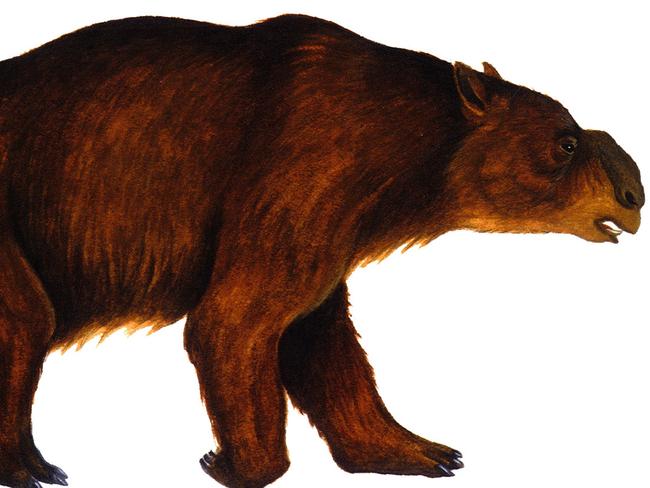
The Australian Museum says in New South Wales, Aboriginal people recount stories of a large, long-armed, aggressive kangaroo that would attack people.
Unlike the modern kangaroo which eats grass the giant kangaroo reached up and grabbed tough leaves from trees.
The giant kangaroo inhabited the Darling Downs region in Queensland, Lake Menindee, Tocumwal and Bingara in NSW, the northeast, Naracoorte Caves in South Australia and Nullarbor Plain caves in Western Australia.


